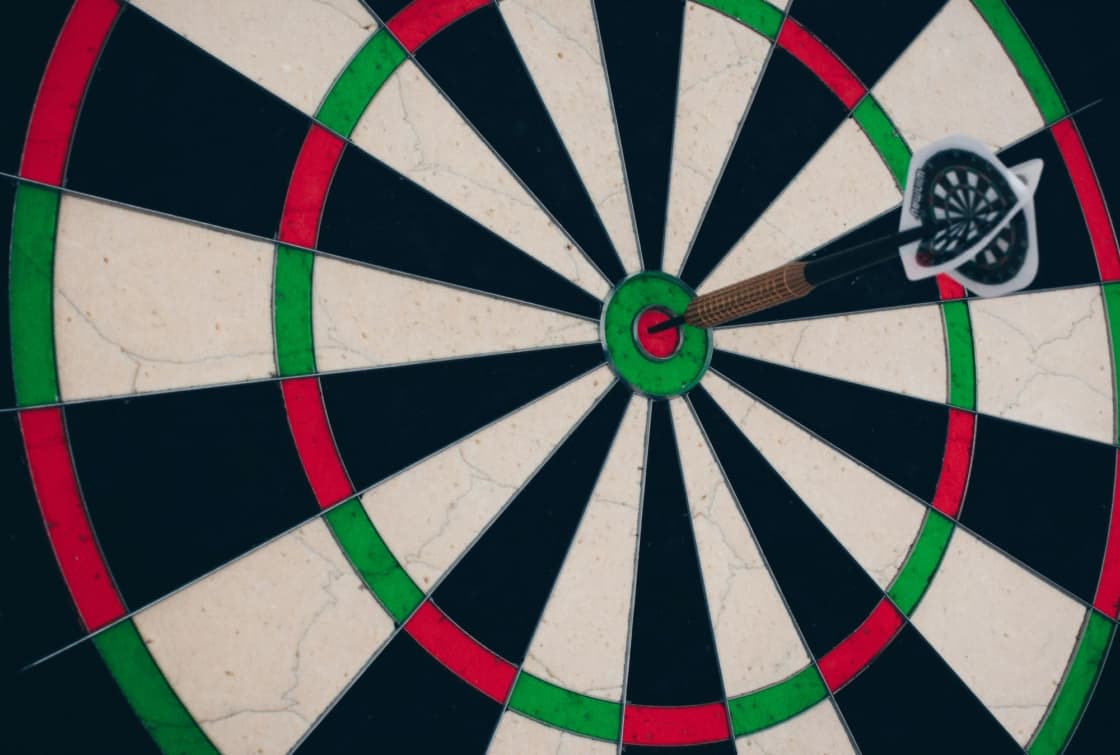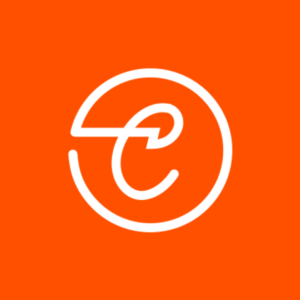How to Build a Paid Strategy for Your Brand



By James Spencer
Implementing a proficient pay-per-click (PPC) advertising strategy enhances your ability to generate leads, elevate brand recognition, and set yourself apart from competitors.
Paid media refers to a variety of digital marketing strategies that involve some form of media ‘buying’. This can include activities like boosting a Facebook post, purchasing an ad to appear among Google search results, or promoting a thought leadership report on LinkedIn.
The initial step (and arguably the most crucial), involves establishing precise goals and objectives for your paid campaign. These should tie to the broader business objectives and can include specific aims and desired results, like:
Most campaigns include an element of goal crossover and a multitude of marketing aspirations, but it's crucial to have a defined view of success to guide your paid strategy.
A Key Performance Indicator (or KPI) refers to how activity will be measured against defined goals and objectives. Some examples of potential KPIs for a PPC campaign are:
Effective measurement should also take into account how channel-specific metrics like the above tie back to the business objectives. This helps paid teams demonstrate the value and ROI of their work, and can even help them secure additional budget for future campaigns.
Once your KPIs have been drafted, the next phase is to consider how, and who, to target. When it comes to paid search through platforms such as Google or Microsoft Ads, targeting is achieved through key phrases closely associated with your business's services or products.
When advertising across social media, video, or display platforms, the target audience must match the user personas who are most inclined to interact with your brand. This requires a blend of analyzing primary characteristics like age and gender, along with secondary and tertiary factors such as interests, behaviors, and employment details.
This granular approach to user audience definition is critical to ensure your paid efforts (and budget) reach the right people.
Selecting the right platform is essential, and must align with your marketing goals. Often, when someone is questioned about paid marketing, the first assumption is to spend on Google Ads (formerly Google AdWords). Given Google's integral role in our daily routines, its pay-per-click system has reached almost everyone who uses the internet. As of July 2023, Google had a global market share of 82% against other leading desktop search engines.
While using Google for advertising is probably a key part of many paid strategies, there are many channels in the paid world you can use to reach your target audience.
Also in the search space, Microsoft's Bing presents a viable option with qualities quite close to Google's ad platform interface in terms of ease of setup, user-friendliness, and affordability.
Paid social channels also present significant opportunities to engage with middle-of-the-funnel users via precise targeting. Platforms like LinkedIn, Facebook, and Instagram all boast highly intuitive advertising interfaces that help brands reach their key audiences.
At the top of the funnel, when audiences are just finding out about a brand, the likes of display advertising and YouTube video advertising dominate, offering broad exposure to nearly any target audience.
Every paid plan should come with a predetermined and agreed-upon advertising budget. While the bulk of the budget is likely to go directly to the media platform(s), it's important to also set aside funds for the following areas:
A comprehensive content strategy has the power to drive conversions and boost revenue and should be developed with the following elements front of mind:
It is essential to monitor performance and analytical data, particularly for campaigns that heavily depend on numbers and data.
Providing detailed reports on key outcomes, performance trends, results by audience segment, and recommended actions for enhancement, among other aspects, is vital.
Now that you understand the who, how, when, and where of deploying your paid advertising, you can map out your campaign.
A strategic and meticulously crafted plan will yield captivating, high-quality campaigns that drive exceptional traffic and results for your brand. So, what are you waiting for?
Find out more about how Clarity can support you to build successful paid marketing campaigns. Contact us today.
Share this
Receive all the latest news, events, and insights on B2B tech, marketing, and communications with Clarity’s free monthly newsletter.
As a consultancy, our full-funnel marketing and communications solutions are designed to fearlessly deliver business results across multiple industries and service areas.

Looking for a partner to help you reach your goals? We’d love to hear from you.